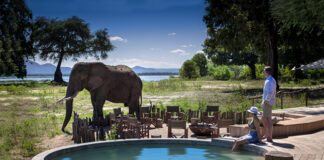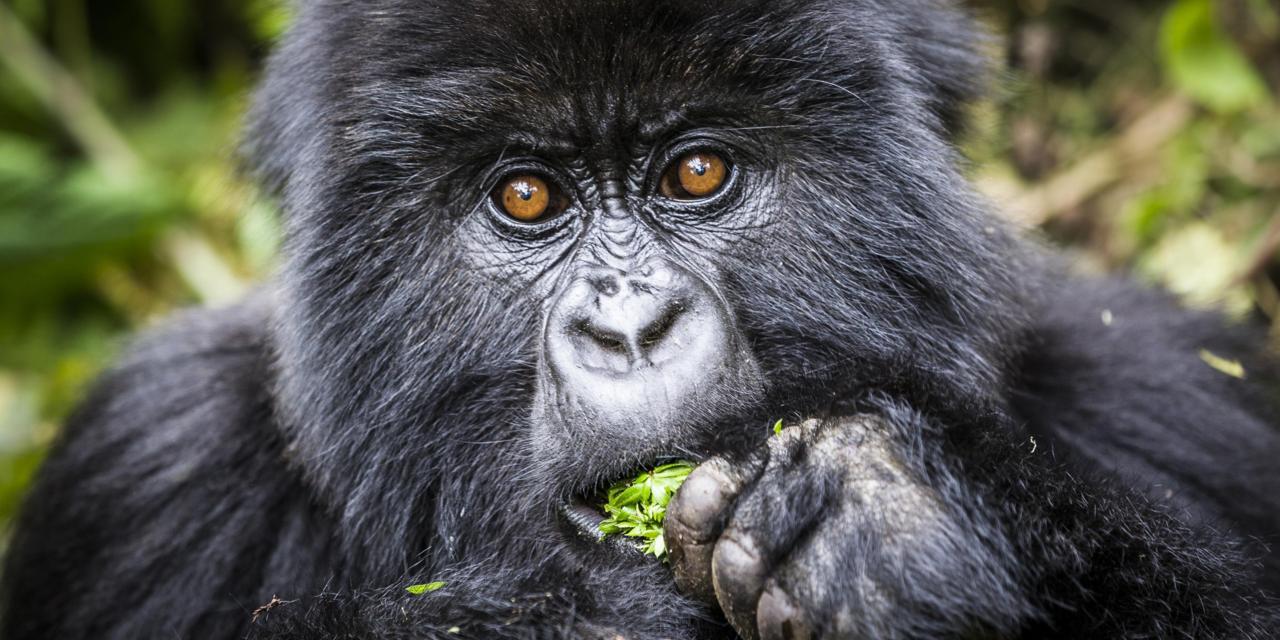Kololi Resort town and Senegambia Strip tourist area began life as a typical coastal fishing village, set back from the Atlantic Ocean, in the Kombo St. Mary District, Western Region of The Gambia, West Africa.
The village is 18km from the Banjul capital. Since the early 1980s Kololi has been radically transformed by tourism, growing significantly and spreading right down to the beach, at what are now called the Palma Rima and Senegambia resort areas.
Since the completion of the GamNor or Gambia-Norway Hotel in 1982 (now known as the Senegambia Beach Hotel), as well as the establishment of the tourist craft market in the same year, the town has seen a massive growth in the accommodation sector, and other tourism related industries.
The original settlement, Kololi Village, is now home to an increasing number of professionals, expats, retirees and workers in the hospitality industry. While you are here, you can’t miss out these activities.
- Bijilo Forest Park
Also known as Monkey Park; the nature trail can be reached by walking south from Sarges Hotel, near the tourist strip, for about 500m and you will see the wire fence and trees of Bijilo Forest Park in front of you.
To get in however, you turn right and walk down for about 100 metres and the entrance is to your left, clearly marked by a ticket office. Monkey Park covers an area of about 0.5 sq. km of beach side woodland reserve.
The reserve is dominated by proud rhun palms which once flourished along the coastline of The Gambia. The vegetation also includes tall deciduous trees, shrubs, and savannah grassland.
The forest floor has plants such as vines, lilies, wild orchids, cotton trees. Once inside there is a very good chance of spotting vervet monkey, red colobus, a few squirrels and a plethora of birds.
- Bird Watching
Kololi’s beach hotel area is not the best bird watching territory, but there are still opportunities to see over 70 species for the amateur and professional who want to stay near or in their hotel.
There is the Bijilo Forest Park which is within easy walking distance from the tourist strip. The closed forest and coastal scrub is home to over 130 species such as the Palm-nut Vulture, White-throated Bee-eater, Peregrine Falcon, Little Bee-eater, Stone Partridge and the Ahanta Francolin.
Some of the larger hotels themselves are good bird spotting grounds due to their plentiful vegetation of palms, trees, bushes and shrubs. They actually have a policy of encouraging avian visitors through specially created bird gardens.
Among the species of birds visiting the Senegambia and Kairaba hotels you might see poking in out of the hibiscus variable sunbirds, with their small, delicately curved beaks and colourful plumage.
You might also see cattle egrets, red cheeked cordon-bleu, Abyssinian roller, brown and red-billed firefinch, Caspian terns, yellow-crowned gonolek (shrike), Senegalese coucals, starlings, chestnut-crowned sparrow weaver and many more of our feathered friends.
- Horse Riding
If you like to do a bit of horseback riding on Kololi’s strand, then ask at your reception desk. They should know a few operators nearby. You can also contact Lama Bony who arranges horse riding along the northern Kombo beachfront.
- Women’s Skills Centre:
The training project was the idea of two German visitors who founded it in 1997, and its aims are to help young women from the Kololi village gain skills in sewing and design, batik and tie dye, embroidery and other handicrafts, as well as teaching them to write and speak some basic English.
- Quad Biking
This method of getting around, and exploring the locality and beyond, is growing in popularity. You can hire quad bikes from near the junction at ‘Freedom Hire’ near the Binis Bar and the Britannia Pub. Sometimes all-terrain vehicles (ATVs) are available directly on the beachfront.
- The Village Complex
Also known as the Horseshoe Shopping Complex this is as close as you can get to a European style shopping mall. It is a unique, modern building on two floors, and the shaped like half a doughnut, located on the Bertil Harding Highway, opposite the Atlas Petrol Station.
Is has a supermarket, clothes stores, a fountain, cafes selling cakes, drinks and ice cream, varied restaurants, some offices, a nice central garden, a rooftop terrace accessed by two spiral staircases, car parking space, and a children’s playground, to keep the kids occupied while you shop or dine.
The Village Complex is a landmark you can easily spend all afternoon at, and there are no shortages of taxis to take you back to your hotel or guest house.
- The Beach Area
In late 2003 the Kololi resort beaches were replenished (nourished), by a Dutch company called Delft Hydraulics, with about 1 million cubic meters of sand over 1.5km of its length, with a width of 120 meters.
This was done to reverse previous coastal erosion that had seriously compromised the resort area’s ability to continue to attract large numbers of foreign tourists.
- Craft Market
One of the area’s biggest draws is the purpose built, lively Senegambia Craft Market (a bengdula), which was first built in 1982, re-built in 1990 and subsequently re-built again on the junction in 2001, with a capacity of about 64 stalls.
It has a respectable choice of locally made souvenir handicrafts, including carved wooden masks and djembe drums, basket ware, paintings of landscapes, people, wildlife, tie and dye, jewellery, beaded necklaces, leather handbags, sandals, shoes, colourful batik wraps, and food such as cakes, hot sauce and dark honey, fresh from local women’s co-operatives.
The stallholders are bound by an agreed code of conduct, which prohibits hassling visitors for their custom. Those who breach the code are liable to suspension for a fixed term.








